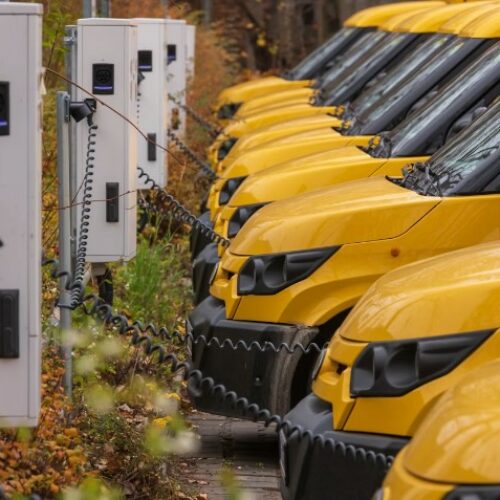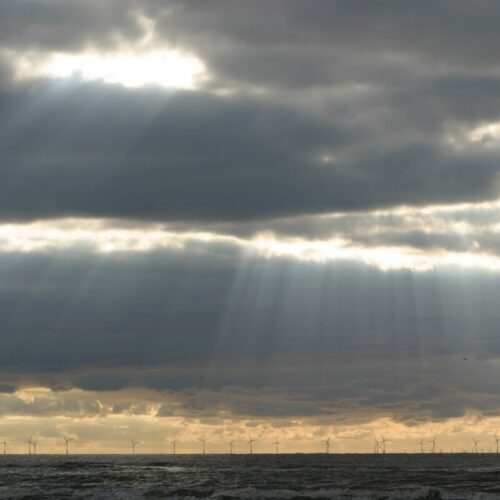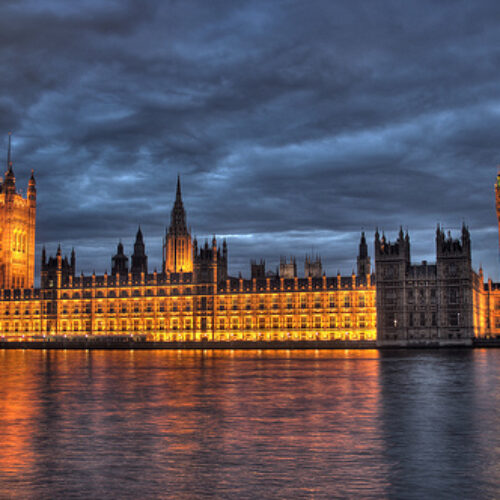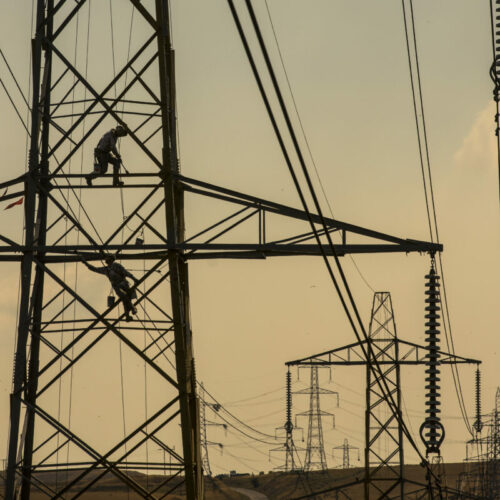The ongoing fight against COVID-19 must, of course, take priority but it’s also vital that we do not forget another huge challenge facing the planet – the challenge to meet net zero to combat global warming and to be part of a more sustainable future for generations to come.
Falls in air pollution during the pandemic have given us a glimpse of what the UK could look like without the millions of internal combustion engine vehicles (ICEs) affecting the air we breathe. Transport emissions account for one fifth of the UK’s overall carbon emissions.
This is why the Government, Welsh Assembly, and the opposition parties, have set out their intentions to move away from carbon-emitting ICEs, with an existing deadline set to ban the sales of such cars and vans by 2040. The policy is ambitious but ultimately achievable with the right foundations in place. It offers the UK a fantastic opportunity to lead the way in revolutionising transport infrastructure and supporting greener and more sustainable ways of living.
Electric vehicles (EVs) look set to become the go-to solution to replace petrol and diesel models. Technological advances and the move to mass production are starting to deliver a wider choice of vehicles with more acceptable range at steadily reducing price points.
This greater take-up of EV use is already starting to demonstrate the need for the country to have a far more extensive vehicle charging infrastructure. This must cater for and support all customers – including those who live or work in rural communities or who have no access to off street parking. To ensure that this transition continues apace and that no one is left behind we must facilitate the building of a network of charging across the country – and fast.
It’s estimated the number of electric cars in WPD’s area alone could reach three million by 2030. By 2040 there would be over ten million in our region.
While markets, technology and consumer behaviour evolves we must also be ready to adapt. Our current scenario modelling predicts that the number of EV charge points required on our network will rise from the 14,000 that have already been installed to over 200,000 in the next few years.
We have a clear policy from the government in Westminster – supported as a minimum position by opposition parties – and we need to find quick solutions that allow the sector to get on and create the capacity required. If we continue to hesitate then a lack of charging infrastructure will become the biggest barrier to the EV revolution and will subsequently lead to a delay in the transition away from ICE vehicles – as range anxiety and a lack of convenience will continue to dominate people’s thoughts.
That delay will also make the scale of the challenge ever more difficult to achieve, will increase the risk of failure for UK transport to become green and risk the opportunity for the UK to be a world leader – ultimately leading to greater cost not less.
We’re working hard in WPD to ensure the electrical capacity is available for everyone who wants an EV charger. Our innovation projects and reinforcement works are already creating solutions which allow many more chargers to be connected across our network.
On the domestic side, we’re strengthening our networks to meet the demand for charger installation in existing homes. Last year we concluded an 18-month trial, Electric Nation. This was the biggest EV project in the world and involved 700 EV owners, providing invaluable data on their charging habits. The next phase of Electric Nation – Powered Up has already been launched, this time looking at vehicle to grid charging.
WPD is also part of the Office for Low Emission Vehicles’ (OLEV) Project Rapid where we’re helping to roll out rapid charging solutions at motorway service stations across the UK. Our Take Charge project is exploring innovative supply arrangements at motorway service areas and looking at ways to provide the capacity for rapid EV chargers.
These initiatives have provided us with greater insight and experience to create a network capable of meeting the government’s targets. It also puts us on the path to a greener economy, with increased skills opportunities for apprentices and future generations to learn and develop their careers that will support the industry in delivering a smarter, greener electricity network.
A coordinated investment strategy
The government’s vision for rapid chargepoint networks in England was made a little clearer by the recent announcement of its Rapid Charging Fund. This is part of the £500m commitment to EV charging infrastructure that featured in the 2020 budget.
Industry alongside government must make some critical economic and commercial decisions to realise the vision for an EV future. Consumers, too, are faced with decisions, most importantly when to make a choice in favour of an EV.
The UK still has a long way to go in achieving its net zero ambitions. At WPD, we’ve helped to make some fantastic first steps and will continue to work with government and industry to tackle this challenge. But more has to be done. While combating coronavirus must take precedence, we must not lose sight of the net zero goal, as climate change still remains the gravest threat to future generations.




